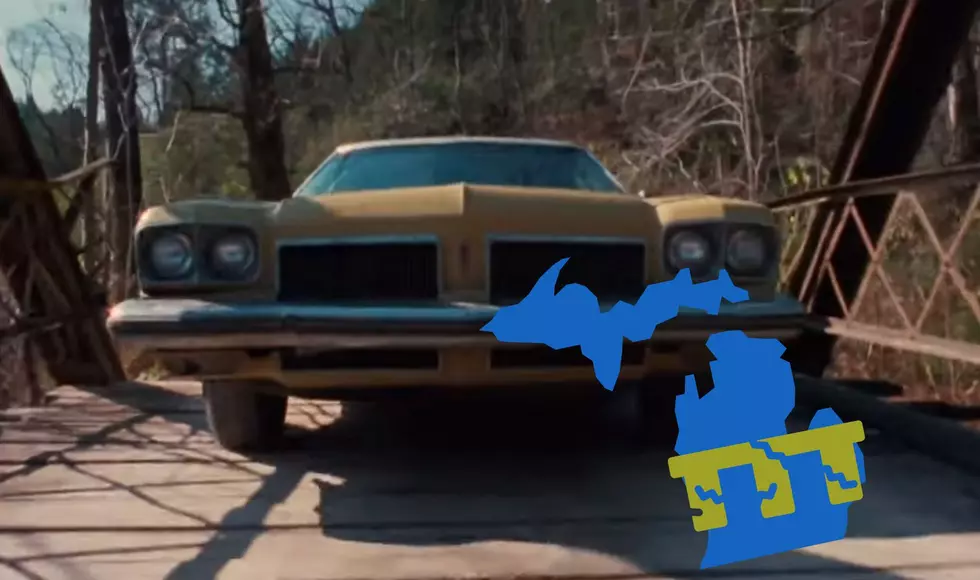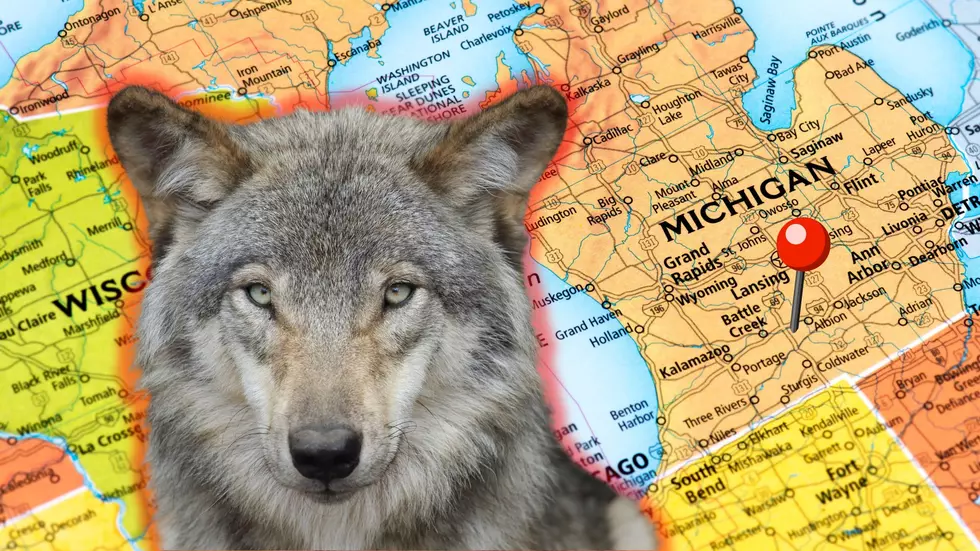
Earth’s Largest Lava Flow Ever Was In Michigan, Despite Not Having a Single Volcano
Michigan isn't known for it's soaring mountain ranges, or deep, dividing caverns and canyons. In fact, with a few exceptions, Michigan is relatively flat compared to most of the rest of the U.S.
However, it does still have one thing that sets it apart from the rest, and that's the remains of the Largest Lava Flow the planet Earth has ever known, which you can still see the remains of today... all without having a single volcano anywhere near us.

Where Did the Lava Flow Come From?
When the world was still putting its building blocks together, billions of years ago, Earth was still pretty shaky... literally. Tectonic plates were constantly forming and moving. At one time, the landmass we know as North America now, nearly split in half as a rift formed nearly right down the middle.
When that happens, a large crevice will open up, similar to what's happening in east Africa now, and fill with whatever fluid can get there first. In this case, it was molten lava, pouring through from beneath the ground, and out of an ancient volcano, now buried beneath Lake Superior that has been dormant for nearly a billion years.
The Mid-Continent Drift was formed, and stretched from Kansas, into what is now Lake Superior, then turned back south through Michigan. The entire rift filled with lava, and had it been successful, it would have eventually broken the continent in half, and filled with ocean water.
But, it failed, and the rift never completed, leaving behind the largest ever complete lava flow to exist on the planet, the Greenstone Lava Flow.
What happened To the Lava Flow?
The Greenstone Lava Flow was so large, and so deep, that it likely stayed molten for thousands of years, despite a typical flow cooling and hardening within just a few years. But this lava flow was massive, dropping more than 1400 cubic miles of lava into the rift, which is enough to fill about 2.4 billion Olympic-sized swimming pools with lava.
Over time, the lava did eventually cool, and compressed under its own massive weight, creating stone and precious metals (copper specifically). Hundreds of Millions of Years passed, and eventually, the softer ground around the flow eroded, or was carved out by glaciers that would then create the Great Lakes.
This unique combination of lava, precious metals, and erosion brings us to the Keweenaw Peninsula, where you can actually see the Greenstone Flow "rising" out of the ground like a spine on the earth.
As liquid water began creeping beneath the flow through cracks, and the center of the flow collapsed under its own weight, it formed a "U" and bowed up into the air on its edges. One of those edges is the "ridge" we see making up the Keweenaw Peninsula. The other edge of the "U" is what we see today as Isle Royale.
Keweenaw Copper
It was on this "spine" in the Keweenaw that early copper miners literally saw large copper deposits sticking out of the ground with their naked eyes. The Greenstone flow had created one of the richest, and most dense deposits of copper in the world.
In July of 1846, the Cliff Mine produced 500,000 pounds of copper, where even the most productive mines elsewhere in the world were only producing about 5,000 pounds per month. The next year, it surpassed 1.5 million pounds, and was pulling on average, about 100,000 pounds per week from the ground.
Obviously, we know now that the copper did eventually run out, as it was contained to a fairly small area. But, copper mines still exist in the Lake Superior region because of the Greenstone Flow, and to this day, you can still see it's "spine" rising out of the ground, like a single, long mountain, dividing parts of the Keweenaw Peninsula.
The Biggest Lava Flow in the Country: Keweenaw Peninsula
Cliff Cemetery, Keweenaw Peninsula
More From 107.7 WRKR-FM









